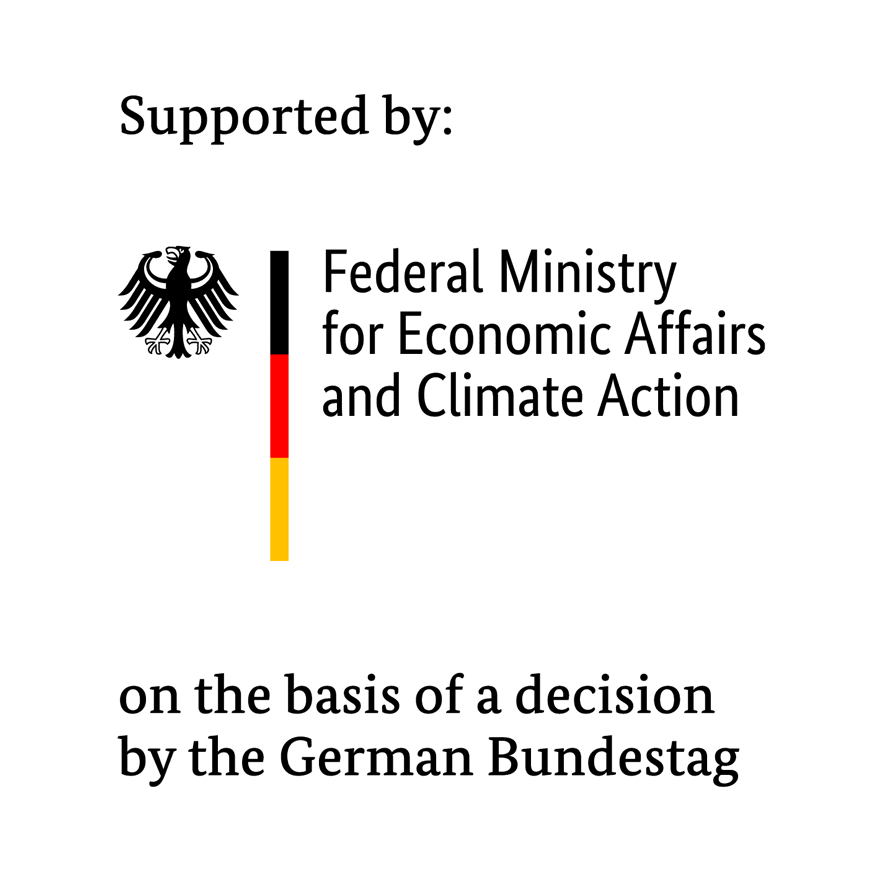Adler – Development of a Cost- and Application-Optimized Wind LiDAR Instrument for Wind Resource Assessment
| Funding: | Federal Ministry for Economic Affairs and Climate Action (BMWK), InnovateUK |
| Partner: | Fraunhofer Centre for Applied Photonics CAP, GEO-Net Umweltconsulting GmbH, Wideblue Ltd, Oldbaum Services |
| Duration: | 03/2019 - 03/2023 |
- An energy yield assessment which is as accurate as possible is decisive for the economic success of a wind farm.
- Wind measurement by means of LiDAR (light detection and ranging) results in considerably more reliable estimations than modeling alone. However, this technology has its limitations due to the costs involved and the methodology currently in use for verifying measurement uncertainties.
- The international cooperative project Adler has been set up to develop an optimized LiDAR measuring device with a new verification concept which will address both shortcomings.
- The Fraunhofer IWES is responsible for one of the subprojects aimed at developing new verification approaches.
In order to ensure the success of a wind farm, it is vital that the wind resources and thus also the expected energy yield can be estimated as accurately as possible. The uncertainty of a yield estimation has a direct and major influence on the project financing costs for the wind farm developer: based on the current state of the art, uncertainties of around 20-30% on average are achieved in the long term when wind conditions are only modeled. Yet, if on-site wind measurements are also factored in, this uncertainty can be reduced to 10 to 12%.
LiDAR, a laser technique, has evolved to become the standard wind measurement technology in the wind industry. LiDAR measurement devices are characterized by their exceptional flexibility and the option of measuring wind directly at the level of the hub as well as at different heights. The disadvantages, on the one hand, are the costs; even though they are less than for a wind measurement mast, they still present a hurdle and, as such, in some cases, planners avoid measurement altogether. On the other hand, given the methodology currently in use for verification, the measurement uncertainty cannot be less than that achieved with a vane anemometer.
The goal of the international Adler cooperative project (Advanced Doppler LiDAR for Economic Wind Resource Assessment) is to remedy these two failings. A cost-optimized wind LiDAR device is to be developed which is specifically designed to meet wind measurement requirements. Furthermore, alternative methods for verifying the device are to be identified as early on as the specification and design phase. Whilst the British partner, Fraunhofer Centre for Applied Photonics CAP, is responsible for hardware development, the IWES has been charged with the development and provision of the verification methods. Specific approaches include a combination of laboratory and field tests as well as the calibration of individual LiDAR line-of sight measurements in place of the final, reconstructed, horizontal wind speed.
